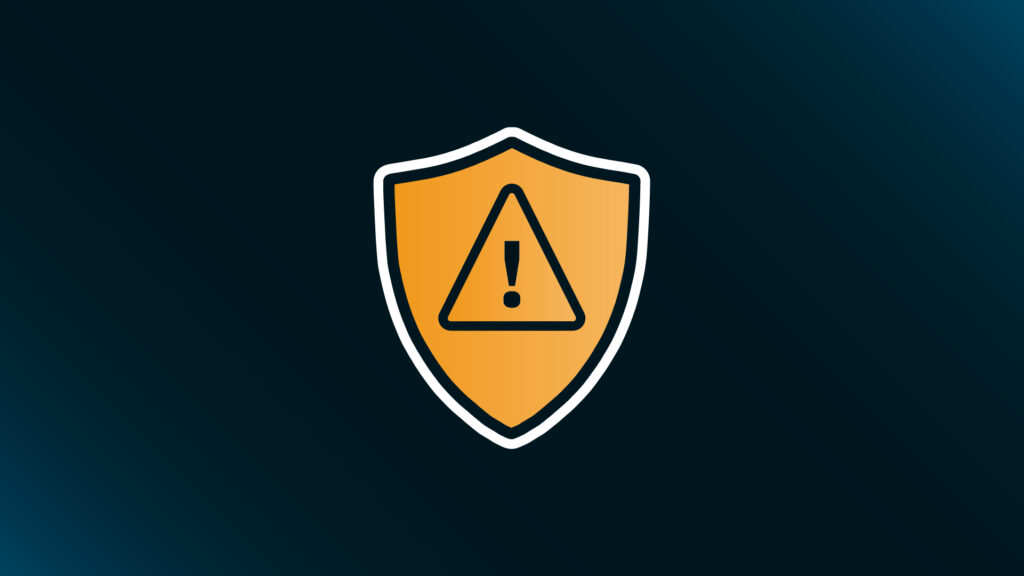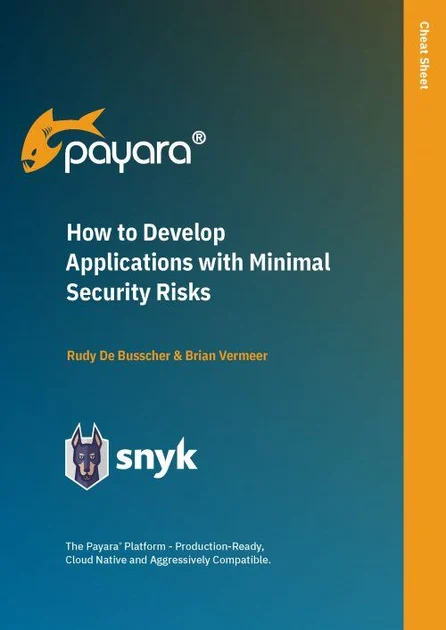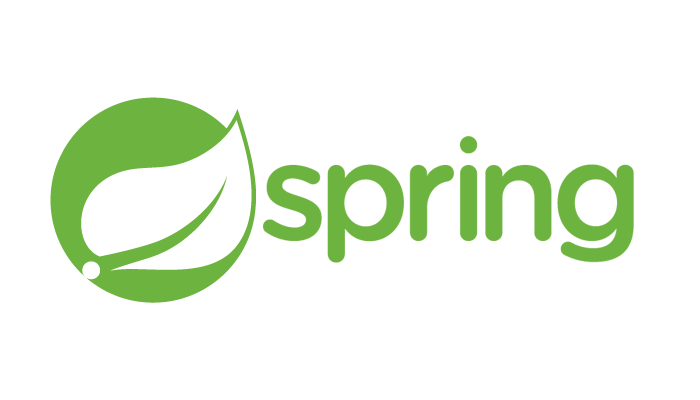 5 minutes
5 minutes
The Payara Monthly Catch – November 2025
November has been one of the busiest months of the year for the Java and Jakarta EE ecosystem. With […]

Middleware runs quietly in the background of most applications, which makes it easy to overlook its lifecycle. In effect, support timelines are published by vendors and typically predictable, but many teams don’t track them closely. However, the impact of running on an application server or other middleware that is not fully supported can cause issues with your applications.
In this blog post, we will look at the security limitations and other challenges that your applications may be experiencing when running on an aging middleware technology.
Middleware is a critical layer that enables communication between services, manages transactions, handles messaging and supports scalability. Teams often prioritize application code and user-facing functionality, but middleware versions can have a direct impact on performance, security posture and developer productivity.
When a version of a runtime enters a reduced-support phase, also known as end of support (EOS), critical updates, security patches and technical support begin to decline as the software approaches end of life (EOL). The beginning of a reduced-support phase marks the beginning of software obsolescence, a stage where older technologies become increasingly outdated, incompatible with modern systems and unable to meet current standards.
The product lifecycle of a middleware technology is set by its vendor, thus there are differences in how long versions receive full support, the types of patches released during reduced-support phases, and whether extended or lifetime support options are offered. For developers and engineering leaders, understanding these lifecycle variations is essential.
| Lifecycle Stage | Feature | Payara Platform Enterprise | Oracle WebLogic Server | Red Hat JBoss Enterprise Application Platform (EAP) |
|---|---|---|---|---|
| Full Support | Duration | Typically 5 years | Typically 5 years | Typically 3-4 years |
| Update Frequency | Monthly releases | Irregular releases | Bimonthly releases | |
| Updates Provided | Security patches, bug fixes, new features and improvements | Security patches, bug fixes, new features and improvements | Security patches, bug fixes, new features and improvements | |
| New certifications | Provided | Provided | Provided | |
| Support Access | Direct access to Payara technical support team, community support | 24/7 assistance with service requests, access to My Oracle Support including Knowledge Base, access to Platinum Services | Full Red Hat support including technical assistance | |
| Maintenance/Extended Support | Duration | Typically 3 years | Typically 3 years | About 2-3 years |
| Update Frequency | Monthly releases | Irregular releases | Irregular releases | |
| Updates Provided | Security fixes and critical bug fixes only. No new features or enhancements | Critical patches, security updates and software updates | Critical bug fixes, security patches only. No minor releases nor software enhancements | |
| New Certifications | Provided | Provided but no certification with new third-party products | Provided | |
| Support Access | Direct access to Payara technical support team, community support | 24/7 assistance with service requests, access to My Oracle Support including Knowledge Base, access to Platinum Services | Full Red Hat support including technical assistance | |
| Extended Life/Lifetime Support | Duration | Indefinite. The Lifetime Support Service is reviewed on a yearly basis, and give customers one year notice if the service is discontinued. Expected to end with Java version support lifecycle | Indefinite | Variable: 3-6 years |
| Update Frequency | Irregular releases | Irregular releases | Irregular releases | |
| Updates Provided | Only security fixes and some bug fixes. No component upgrades or new features by default | Only major product and technology releases. No new patches, security updates or critical bug fixes | Only critical impact security fixes and selected urgent-priority bug fixes, if and when available | |
| Certifications | Only pre-existing | Only pre-existing | Not available | |
| Support Access | Lifetime Support phase available for new and existing customers available under separate subscription | Sustaining Support phase (indefinite but very limited features/services offered) | Extended Life Support in two phases (ELS-1 and ELS-2), available under separate subscription | |
| Additional information available at | Learn more | Learn more | Learn more |
While the specific coverage and service level agreements (SLAs) offered during EOS phases will vary from vendor to vendor (as well as from product to product), users can typically expect:
Even if a runtime version is not fully unsupported yet, these factors can create a growing gap between your production environment and current security best practices. Ultimately, ignoring EOS dates often leads to unnecessary engineering effort and delayed migrations.
In fact, running applications on EOS middleware can expose systems to critical security vulnerabilities that attackers can exploit. Without frequent vendor patches or updates, these runtimes become a high-value target for cybercriminals.
By running on unsupported middleware, your development team loses the safety net of regular vendor security patches. These risks escalate over time, making proactive upgrades or migrations critical for maintaining system integrity, user trust, and compliance.
Learn more about the by downloading a free copy of the guide “Understanding the Business Risks of Using JBoss EAP 7 Application Server in Production Environments”

Discover practical strategies to strengthen your Java applications against modern threats. This free guide walks you through secure development practices, common pitfalls to avoid, and how to build enterprise-grade applications with confidence.
Download Cheat SheetRobustness isn’t the only challenge. Running partially supported middleware can lead to a number of additional issues besides security. The most common and impactful consequences include:
Middleware lifecycle risk is unavoidable, but it can be managed strategically. Organizations should choose a vendor that:
Payara Platform Enterprise is designed to meet these requirements by offering predictable lifecycle management, comprehensive support and direct access to expert technical assistance. The Payara team provides one of the longest software lifecycle for its products and each phases typically offer more than any competitor. In addition, works closely with users to guide modernization efforts, ensuring production workloads remain stable and compliant even as applications ages and demands evolve.
No middleware lasts forever, and every vendor eventually phases out older versions. Similarly, users should advance their applications to optimize performance, robustness and deliver new capabilities. The goal isn’t necessarily to avoid EOS and/or EOL entirely, it’s to choose a path that works for your organization and your applications. To do so, it is important to stay aware, plan proactively and mitigate risk.
By monitoring lifecycle stages, prioritizing timely updates as well as choosing vendors with strong support and predictable lifecycles, organizations can:

Discover practical strategies to strengthen your Java applications against modern threats. This free guide walks you through secure development practices, common pitfalls to avoid, and how to build enterprise-grade applications with confidence.
Download Cheat SheetDownload our guide to learn how you can successfully manage EOS middleware lifecycle risks while securing mission-critical applications.
Share:
 5 minutes
5 minutes
November has been one of the busiest months of the year for the Java and Jakarta EE ecosystem. With […]
 3 minutes
3 minutes
Working with enterprise Java databases can sometimes feel like swimming upstream. Jakarta EE 11’s Jakarta Data helps developers glide […]
 2 minutes
2 minutes
The recent releases of Spring Framework 7.0 and Spring Data 2025.1.0 mark an important milestone for the Java ecosystem, […]